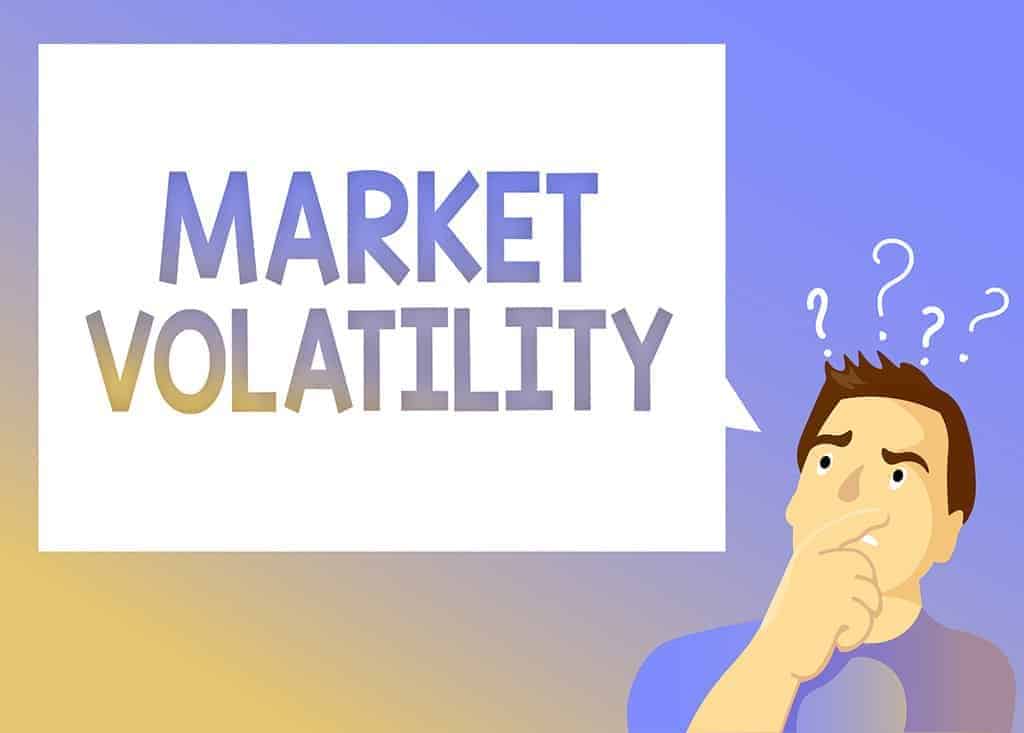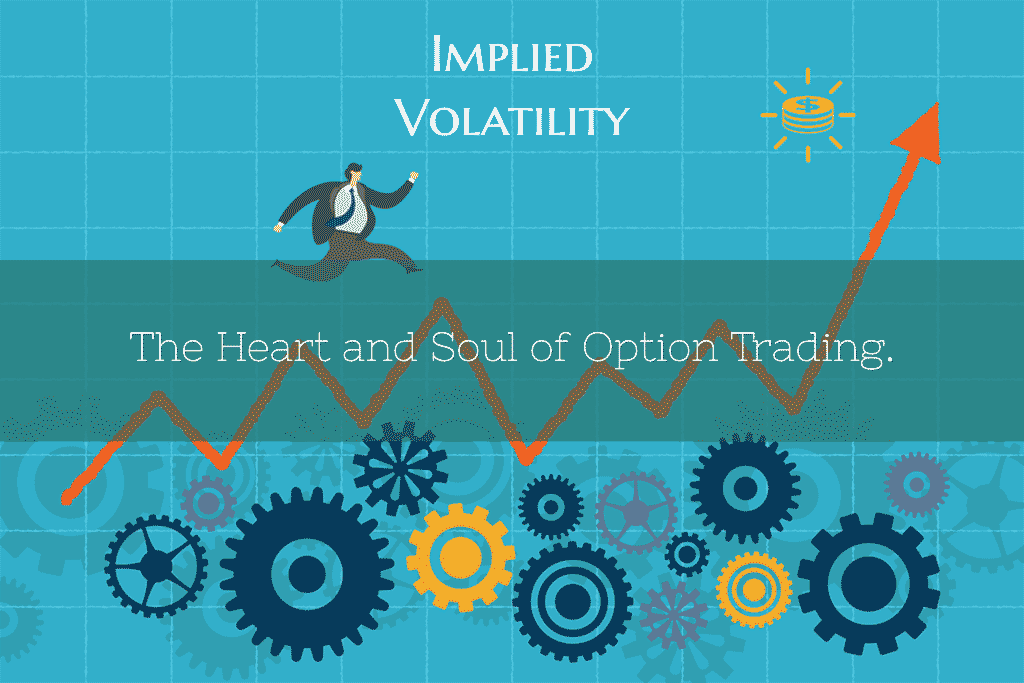Implied Volatility
The implied volatility is a measure for quantifying how much the market expects the price of the underlying asset to move. It is an important concept for investors. Simply speaking, the implied volatility is the expected volatility. Implied volatility is the market’s estimate of the underlying asset’s volatility. It has a predictive character. At the same time, it allows us to draw conclusions. Predictive factors help to estimate impending fluctuations.
The Concept
Contrary to historical volatility, the implied volatility is forward-looking and subjective. We have to estimate it. It’s the market participants’ best guess for how the volatility will be.
The implied volatility is a key element of options. If the pricing models weren’t mapping the implied volatility, then traders could gain an unfair advantage. They would buy the options with the highest current volatility.
The reason is simple. Higher implied volatility implies that the market is expecting a stronger movement. Implied vol reflects the participants’ expectations, what the market is “implying”.
Common abbreviations are “Vol” and “IV.” We denote implied volatility by the Greek symbol σ (sigma).

The Importance of Implied Vol
Implied volatility is one of the most important influencers of option pricing, the comparison of options and options trading:
The implied vol is the only non-observable parameter in the options pricing formula.
There’s a direct relationship between the implied volatility and the premium. When an option has a higher IV, we have to pay a higher price for the option. Likewise, a higher price implies a higher IV if the other parameters stay equal. This effect is due to the pricing model as we will explain later.
There’s a correlation with the market opinion. The option’s current price reflects the expected future volatility.

Implied Volatility as a Measure of Value
One of the key abilities of options traders is the discovery of the most valuable options. The question is how we can compare different options and choose the best investment.
Here, implied vol can be a better tool than the option’s price. When it comes to evaluating stock options or fx options, the price of the underlying asset or fx pair and the implied volatility are the two main factors.
The price of the underlying asset is the same for all options but they have different implied volatilities. Therefore, the options’ relative value can be compared by their implied vol.
This comparison is of such importance that professional traders often quote the value of an option in terms of its implied vol rather than its premium. In the end, we are interested in comparing and finding the best investment.

Why is the Implied Volatility needed for Option Pricing?
Why does option pricing depend on implied volatility? Suppose, the premium could be calculated without the IV. Then traders would only buy options before major news or elections because a price spike would be expected. The options market wouldn’t work.
That’s why the implied volatility is much higher before major News announcements, political insecurity (elections, etc.) or during fear in the markets.
Other Things to know
The implied volatility is no predictor for the direction.
Even when we know the value of expected volatility, it’s no indicator of the direction of the next movement. High volatility expects a larger price swing to happen but it could happen in both directions.
The implied volatility depends on the pricing model.
Options for the same asset or Forex pair will have different implied volatilities when their strike prices and time to expiration are different. Thus, the IV is non-constant among options of different pricing models and different parameter values.

An Example
An asset worth $100 has an implied vol of 20%. Then the expected one-year standard deviation range is $20. Therefore, the probability of the asset trading between $80 and $120 over the next year is 68.2% as per the definition of standard deviation.